La circulació de moneda baiximperial a les ciuitates de Girona i Empúries durant el baix Imperi romà
llistat de metadades
Author
Director
Burch, Josep
Tutor
Burch, Josep
Date of defense
2019-05-10
Pages
1307 p.
Department/Institute
Universitat de Girona. Departament d'Història i Història de l'Art
Abstract
The main objective of this thesis is to establish the circulation dynamics of late roman coinage in the roman ciuitates of Girona and Empúries during the historical period known as the Late Roman Empire. To do so, we studied the coins recovered during archaeological works in the aforementioned territories, which lead to the constitution of an exhaustive catalogue of the coinage. In turn, the catalogue allowed the statistical analyses of the same, as well as the generation of a global vision of the coinage found in the region. Under the premise that regional economies differ among themselves, we believe that the local study of regional economies, such as the one studied here, can provide a better understanding of the global roman dynamics of the Empire. The present thesis goes beyond the study of coinage circulation, and extends to topics such as the nature of the economy – attempting to determine whether the economy was monetary or weight based – as well as the conception of the coin in the economic system, while also determining if it had a trust or a weight value. We also pretend to characterize the circulating coinage on the basis of an array of factors: metal, type, chronology, mint, and emissary. Through the study of these factors we can determine which were the coins that reached the studied territory. Moreover, the importance of the imitative coinage is also evaluated, given that it is a key to understand the economy in the zone. Finally, we compare data extracted of the studied territory with other published data from different territories of Spain and Europe, in an attempt to see if there are overarching similar dynamics between those appreciated in the Girona and Empúries territories during the Late Roman Empire and their Spanish and European counterparts.
Aquest treball té com a principal objectiu establir els patrons de circulació de la moneda baiximperial al territori de les ciuitates de Girona i Empúries durant el període que es coneix com a baix Imperi romà. Serà a través d’un exhaustiu estudi de tot el material numismàtic recuperat en excavacions arqueològiques, que quedarà agrupat en un catàleg, des d’on s’elaboren les estadístiques i el buidatge de dades que permeten definir quin tipus de moneda fou la més present en el territori i plantejar-nos el perquè. Partim de la premissa que les economies regionals poden ser molt diferents i que és a través d’estudis locals com el que aquí plantegem des d’on es pot abordar la confecció de models econòmics globals per al baix Imperi, així com veure l’afectació real de les reformes i els canvis en el valor nominal de la moneda sobre el terreny. A més de la circulació pròpiament dita s’aborden altres temes, essent un dels més destacats establir quina era el tipus d’economia imperant al territori: de base natural o per contra monetitzada; però també quina era la concepció de la pròpia moneda dins el sistema econòmic: si posseïa un valor fiduciari o era un valor de base ponderal. Es realitza també una caracterització de diferents aspectes de la moneda circulant, tant del tipus majoritari com de la resta. Així doncs a partir de l’estudi del metall, el nominal, la cronologia, la procedència i l’emissor s’estableixen quines són les monedes que més arribaren al territori i plantegem quines foren les més usades de manera plausible. El pes de les monedes d’imitació dins dels circuits monetaris també és avaluat, atès que és un element clau en l’aproximació al tipus d’economia. Finalment, es comparen les dades extretes en aquest territori amb les que altres estudiosos han analitzat en altres zones, amb la voluntat de copsar possibles dinàmiques similars en altres regions imperials.
Keywords
Numismàtica; Numismatics; Numismática; Monedes de bronze; Bronze coins; Monedas de bronce; Circulació monetària; Circulation of coins; Circulación monetaria; Economia antiga; Ancient economy; Economía antigua; Baix Imperi romà; Late Roman Empire; Bajo imperio romano; Girona; Gerunda; Empúries; Emporion; Nord-est península ibèrica; North-East of the Iberian Peninsula; Noreste península ibérica
Subjects
00 – Science and knowledge. Research. Culture. Humanities; 90 - Archaeology. Prehistory



